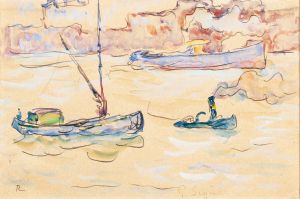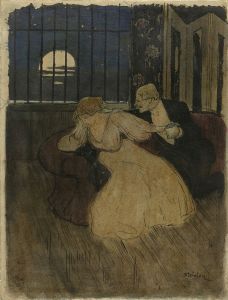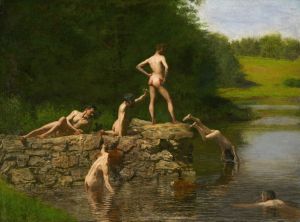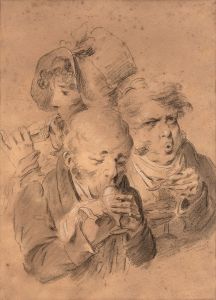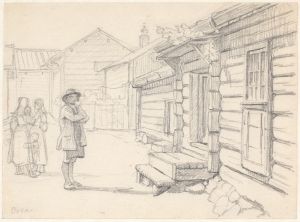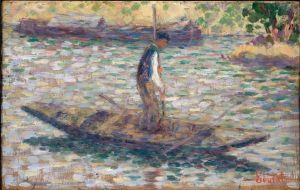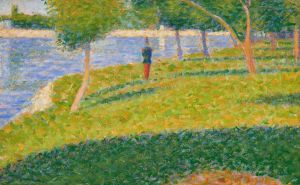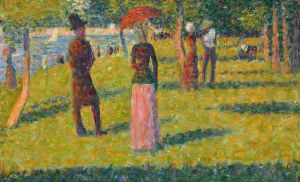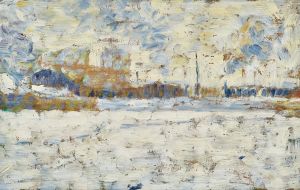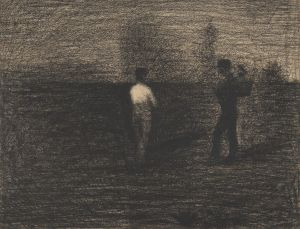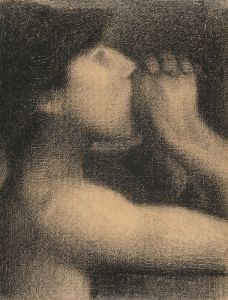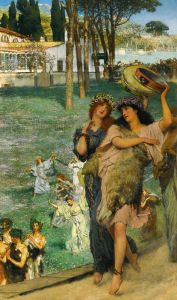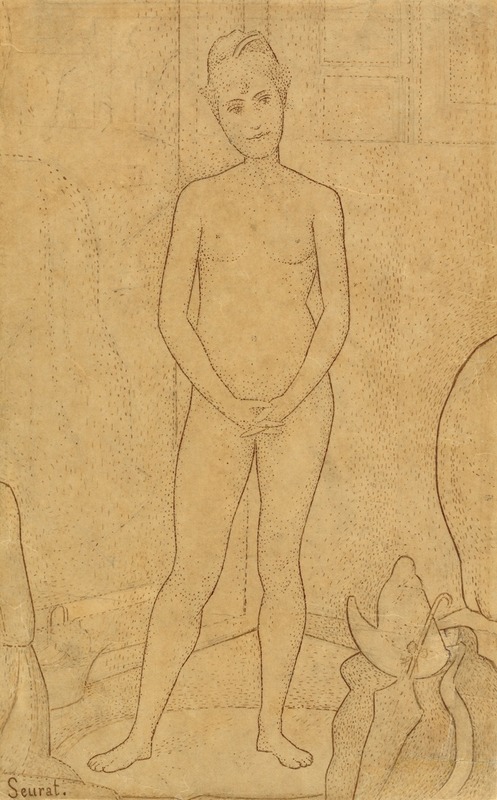
Study after ‘The Models’
A hand-painted replica of Georges Seurat’s masterpiece Study after ‘The Models’, meticulously crafted by professional artists to capture the true essence of the original. Each piece is created with museum-quality canvas and rare mineral pigments, carefully painted by experienced artists with delicate brushstrokes and rich, layered colors to perfectly recreate the texture of the original artwork. Unlike machine-printed reproductions, this hand-painted version brings the painting to life, infused with the artist’s emotions and skill in every stroke. Whether for personal collection or home decoration, it instantly elevates the artistic atmosphere of any space.
"Study after ‘The Models’ by Georges Seurat" is a painting by the renowned French post-impressionist artist Georges Seurat. Seurat is best known for pioneering the technique known as pointillism, a method of painting in which small, distinct dots of color are applied in patterns to form an image. This technique is a hallmark of Seurat's work and is evident in his most famous painting, "A Sunday Afternoon on the Island of La Grande Jatte."
"Study after ‘The Models’" is a preparatory work related to Seurat's larger painting "Les Poseuses" (translated as "The Models"), completed in 1888. "Les Poseuses" depicts three female models in a studio setting, showcasing Seurat's interest in the interplay of light, color, and form. The models are depicted in various poses, with one standing, one sitting, and one adjusting her hair, all set against the backdrop of Seurat's own "A Sunday Afternoon on the Island of La Grande Jatte," which is visible in the background of the larger work.
The study itself serves as an exploration of composition and form, allowing Seurat to experiment with the arrangement of figures and the effects of light and shadow. As with many of Seurat's studies, this work would have been instrumental in his process of refining the final composition of "Les Poseuses." Seurat's meticulous approach often involved creating numerous sketches and studies to perfect the balance and harmony of his compositions.
Seurat's work, including "Study after ‘The Models’," is characterized by a scientific approach to color and composition. He was heavily influenced by contemporary theories of color and optics, particularly those of Michel Eugène Chevreul and Ogden Rood. These theories posited that colors could be mixed optically rather than on the palette, a principle that Seurat applied through his pointillist technique. By placing tiny dots of pure color next to each other, Seurat allowed the viewer's eye to blend them at a distance, creating a more vibrant and luminous effect.
"Study after ‘The Models’" reflects Seurat's dedication to this method and his broader artistic vision. His work marked a departure from the more spontaneous and emotive style of the Impressionists, emphasizing instead a more structured and analytical approach to painting. This study, like much of Seurat's oeuvre, demonstrates his commitment to exploring the scientific underpinnings of art and his desire to elevate painting to a new level of precision and clarity.
Seurat's untimely death at the age of 31 in 1891 cut short a promising career, but his influence on the art world was profound. His innovative techniques and theoretical approach to painting paved the way for future movements, including Neo-Impressionism and even aspects of modern art. "Study after ‘The Models’" remains a testament to Seurat's skill and his enduring legacy in the history of art.





